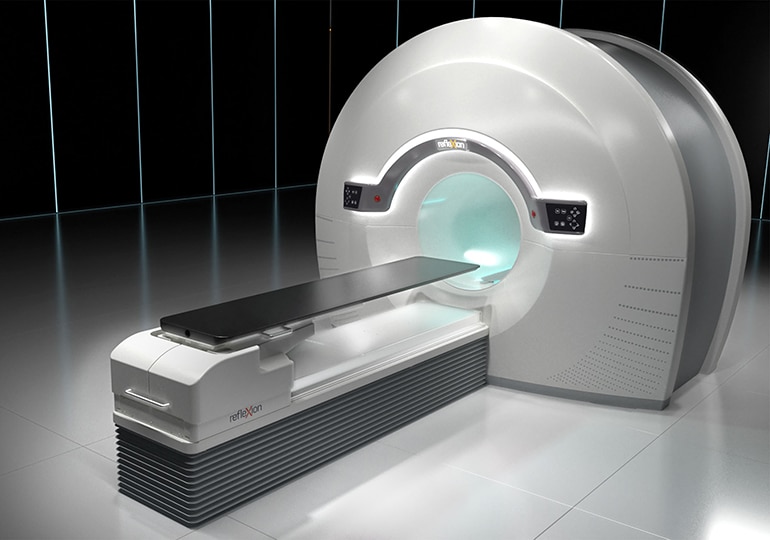The Stanford Cancer Institute in California will be the first hospital in the United States to utilize a new technology intended to reduce the number of radiation treatments for cancer patients. Stanford recently purchased the X1, which is the radiation delivery machine created by Hayward-based RefleXion Medical. RefleXion Medical is a respected, 11-year-old medical research and equipment manufacturing company.
About RefleXion Medical X1
According to RefleXion Medical, the X1 is the first machine to combine high-quality computed tomography (otherwise known as ct) scans with a linear accelerator to deliver precise radiation to a cancerous tumor while avoiding healthy tissue. The X1 also significantly reduces the number of radiation treatments required. This is achieved due to the machine spinning 60 times faster than any existing radiation system while controlling the radiation dose delivery from 100 firing positions. Combining these developments may reduce the side effects of radiation treatments by helping doctors locate a tumor, reduce setup errors, and avoid healthy tissues. The X1 machine has been cleared for the delivery of stereotactic body radiotherapy (SBRT), stereotactic radiosurgery (SRS), and intensity-modulated radiotherapy (IMRT).
According to RefleXion, the X1 is being dubbed as “the first stepping stone” to an even more considerable advancement in this field. RefleXion hopes to soon deliver its biology guided radiotherapy technology (BgRT) in combination with the X1. The BgRT uses positron emission tomography (PET), a technology widely used for diagnosing cancer. However, the BgRT converts that technology to treat tumors instead. This combination will be able to target multiple tumors at once, which will be a critical advancement in the treatment of cancer, especially for advanced-stage patients. In essence, RefleXion has essentially found a way to turn cancer on itself to destroy it. It achieves this by using individual emissions that make up a partially formed PET image generated by the tumor as a homing signal or biological marker to quickly guide radiotherapy to that location. According to RefleXion, this would allow doctors to treat patients with Stage 4 cancer for the first time in history.
Nevada Surgery and Cancer Center
At Nevada Surgery and Cancer Center, we strive to stay updated with the latest advancements in our field to be able to provide you with the best care possible. Contact us today to schedule an appointment.

